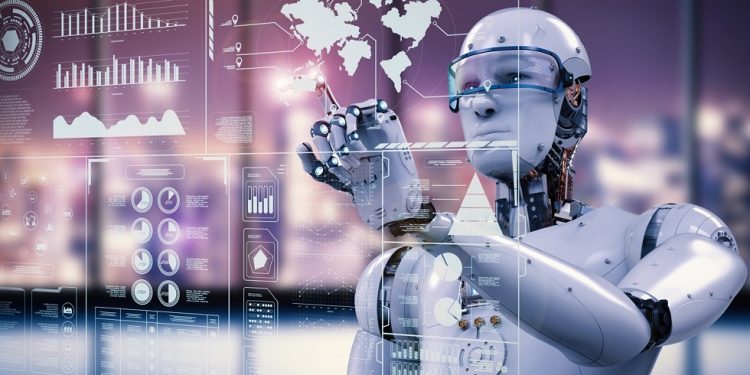It doesn’t take too much difficulty to create your own bot these days. Adrian Jones, an experienced sales executive, notes that his company, new hires typically do so within their first few weeks.
According to Mr. Jones, new employees tend to gain two things from this exercise. First, creating bots is simple, requiring little to no prior technical experience. Second, bots can be entirely personalized, designed to fit the way people work as individuals. Concise as they may be, these two lessons have huge implications for the future of automation — and technology more generally — in Asia and beyond.
Adrian Jones on “Hiring Practices” for Digital Workers
At Mr. Jones’ organization, bots are referred to as digital workers — equivalent to human workers for specific tasks or job functions. So far, most of these digital workers join organizations by what is called “group hires”: the company sources a variety of them from a single service provider, who also takes responsibility for installing and supporting them. The simplicity and personalization of creating today’s bots; however, will almost certainly generate alternatives to this one-to-one hiring model.
Adrian Jones foresees two main channels of how organizations will “hire” bots in the future: marketplaces and made-to-measure. He notes they are already seeing more and more developers entering the bot creation space, fuelling marketplaces where businesses can download digital workers on-tap for specific use cases. Those bots can be installed and onboarded to the business within just days at most — and sometimes within hours — with little to no hand-holding required.
Complementing these digital talent pools; however, will be customized bots whose very design addresses the unique requirements of a person or an organization. The scale of such bots may range from the minutely personal — a virtual assistant managing your team’s projects, for example — to what Mr. Jones thinks of as “meta-bots”, which cover entire workflows or process ecosystems that hundreds of people might otherwise need to take care of. “Some of our customers, for example, work with thousands of different forms and administrative purposes which can potentially be handled as one overarching job by a digital worker,” says Adrian Jones. “That, in turn, frees up many employees for far more meaningful work.”
AI Looks Different When You Build it
Adrian Jones expects that the simplicity and personalization of bots will impact much more than just the workplace. For example: could this form of AI-infused automation act as the catalyst for greater STEM skills uptake in Asia and the rest of the world? Bots are simple enough to develop without hours of off-putting training. They also give students a welcome opportunity to exercise creativity at all stages of the process — and learn practical vocational skills in the process. Seen like this, bot creation could inject the relevance, interest, and collaboration that STEM curricula in Asia appear to need today.
So far, most schools — and many workplaces — have held back from embracing automation because it’s seen as too technically complex, or even threatening. But, he suspects that the more we create bots, and the easier we find the process, the more our perceptions of them will change. Not only do personalized bots align more accurately with what we as individuals need help with, we also tend to feel greater ownership of, and responsibility for, whatever we create, AI or otherwise. That move from “bot users” to “bot creators” changes the way we view both these digital workers and our own relationship to them.
“In my time working with AI and automation, I’ve seen just how much we tend to humanize bots when we understand them and demonize them when we don’t,” says Adrian Jones. “I’m confident that in a time when everyone can build their own bots, we’ll start to take a much more nuanced view of them and be able to work with them to maximize our full potential as a result.”



